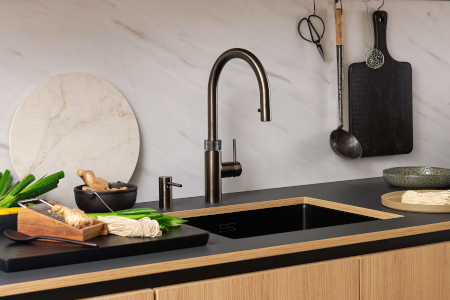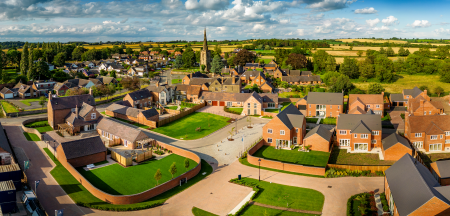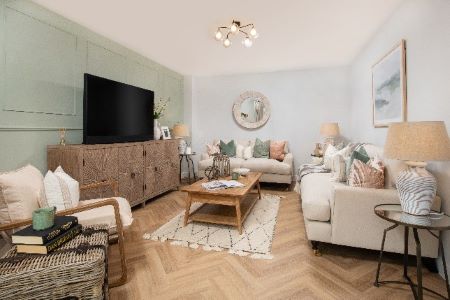Oliver Heath, biophilic and sustainable designer, discusses his passion for nature and designing for the wellbeing of both people and the planet
Could you describe your personal journey to becoming an advocate for bringing people and nature together through biophilic design?
Growing up in Brighton, on the south coast of England, my childhood was filled with nature connections, be that in the sea or the Sussex countryside. Whilst studying architecture at Oxford and the UCL Bartlett schools, my summers were filled as a windsurfing instructor, teaching people to enjoy the immersive benefits of connecting with the elements. My passion for both coincided, and more so when, in 2010, I discovered the work of the social ecologist Stephen Kellert and his writings on Biophilic Design. So, the seed was sown and my passion for nature- based design became rooted into the DNA of my life, design practice and teaching.
What changes are we seeing in the design of new builds with regard to biophilia? Why do you think this is?
There is a fast-growing recognition that we need to go beyond just doing less badly when creating sustainable buildings and start thinking in a regenerative manner. This means that whilst we need to adopt a net-zero carbon approach, we also need to recognise the impact of widescale biodiversity loss and consider the impact and benefits our built environment has on all life and natural systems. As a result, we are now seeing the incorporation of natural elements in all forms (be that directly, or indirectly) in order for buildings and cities to be improved through the many mutual benefits that nature offers both us and the planet.
What are the benefits to bringing the outdoors in?
Enhancing connections to nature through interior spaces has been proven in numerous research studies to improve positive outcomes such as productivity, creativity, and staff retention, whilst also reduce the negative costs often associated with poor quality buildings such as sickness, absenteeism and staff turnover. Where nature has been incorporated, we have seen:
- Workplaces that can become 6 to 15% more productive
- Hospitals where recovery rates are reduced by 8.5% and patients recuperate with 22% less medication as they feel less pain
- Schools where students learn faster and get a 5 to 14% improvement in test results
- Homes that offer a distinct point of difference, improve curb appeal, increase value, are more restorative, and have enhanced feelings of community
With results like this why wouldn’t we connect buildings, people and nature?
What challenges does biophilic design present to architects and housing developers?
The biggest challenge to developers who do not aim to continue involvement with a scheme is reconciling the additional costs associated with designing for occupant wellbeing. After all, why would a traditional developer focused on short-term benefits care about the long-term impact a building will have? So, overcoming traditional financial models and contractual systems are essential, as we now understand much more deeply the impact our buildings have on both the planet and also our own physical and mental health. As a result, the market is changing and those who ignore it do so at their own risk and that of future generations.
Oliver Heath Designs makes complex concepts and theories accessible and applicable for architects and housing designers. How is this achieved?
We have spent many years teaching the architectural and design community about Biophilic Design through seminars, workshops and design guides with our knowledge partners at Interface floor, to communicate the numerous benefits of a nature-based approach.
Click here to continue reading this exclusive interview in our latest issue
Never miss a story… Follow us on:
Showhome
@Your_Show_Home
@Showhomemag
Media Contact
Joseph Clarke
Editor, Showhome
Tel: +44 (0) 1622 823 920
Email: editor@yourshow-home.com






